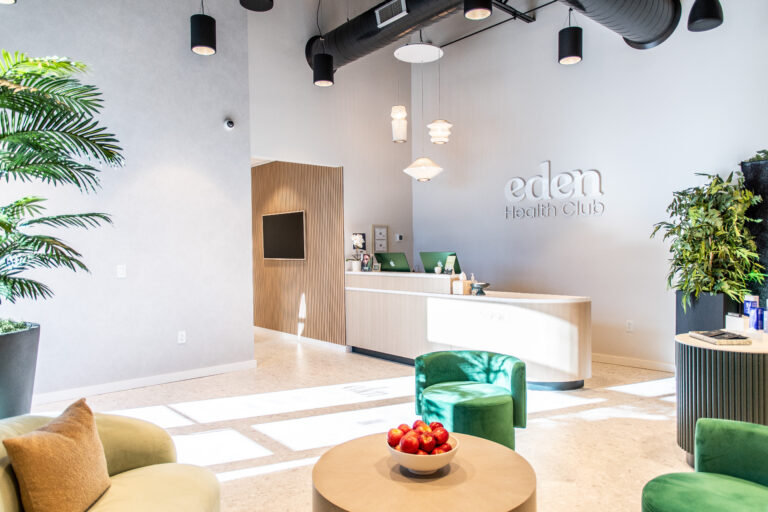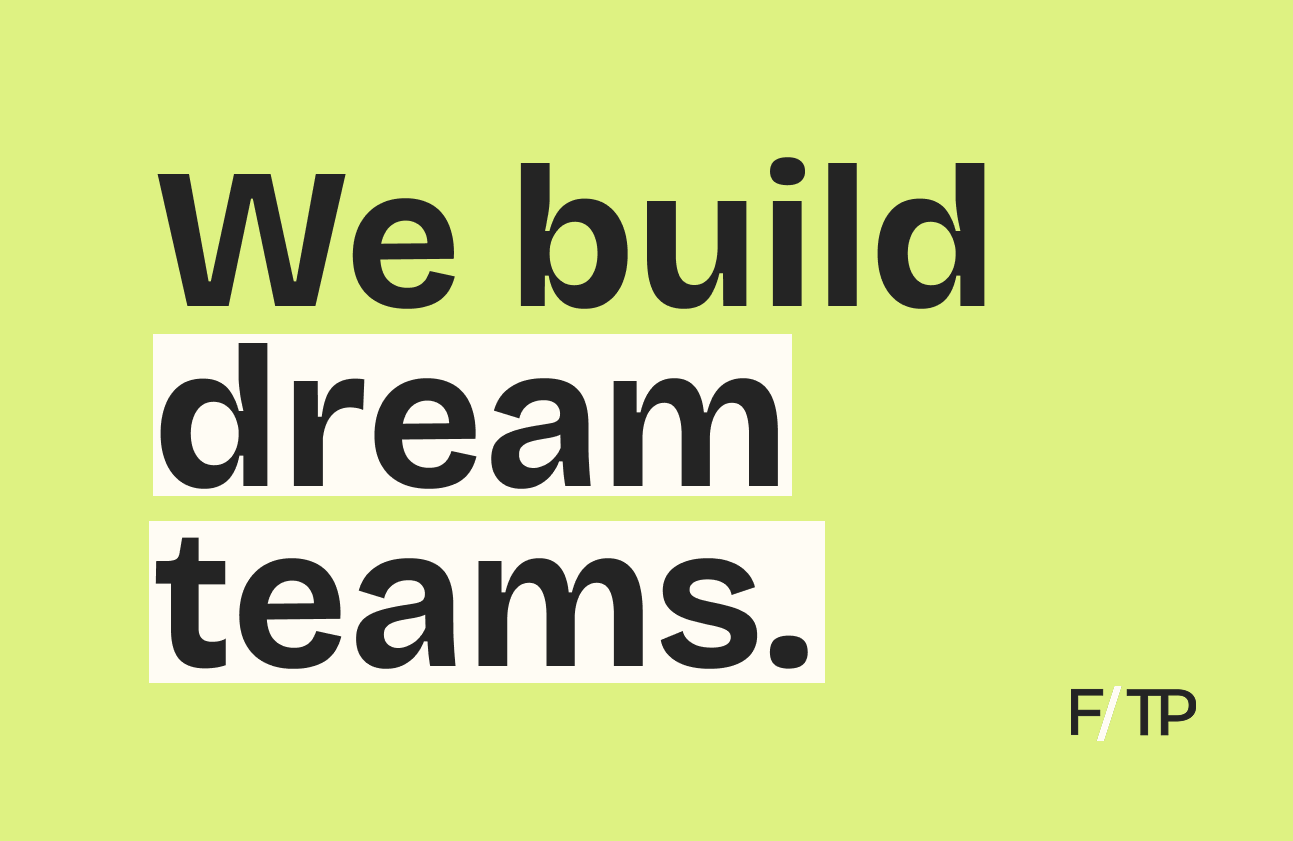In this Q&A, Able Partners co-founder and partner Amanda Eilian discusses Gen Z’s unique take on healthcare, food as medicine, and caring for an aging nation.
What are your biggest learnings/takeaways from 2022?
AE: In 2022, we conducted a healthcare research study, together with Springbank Collective, surveying 435 Gen Z young adults.
Our biggest takeaway was that Gen Z may not want to go back to the office full-time, but when it comes to healthcare, they value in-person care.
While the generation is often stereotyped as “tech-addicted,” they actually prefer convenient, brick-and-mortar care — with the majority of respondents saying “in person” was their preferred way to communicate with their healthcare provider.
Although telehealth investments have fallen significantly since 2021’s record $6.5B, there is still a tremendous amount of capital backing this model.
The companies that will be successful with not only Gen Z but across all generations will be those that fill the need for a hybrid approach to care — and this includes digital-first companies.
But, those solutions must be comprehensive. While health and wellness benefits have unbundled to address the needs of specific populations, CHROs are struggling with point solution fatigue—overwhelmed by the amount of new, fragmented options—creating an opportunity for platform solutions in 2023.
How is the macroeconomic environment impacting dealmaking?
AE: In this environment, risk becomes more expensive, and startups are nothing if not risky.
However, the slowdown in VC dealmaking will be somewhat offset by record dry powder — funds are sitting on around $290B of capital, and the traditional venture fund model incentivizes relatively rapid deployment.
The best companies with outstanding metrics and strong competitive advantages will continue to get funded, while marginal businesses will not.
What surprised you most in 2022 — what trend or market did you change your mind about?
AE: Given the incredible need and meager options available today, we are excited about alternative mental health treatments.
While ketamine therapy is promising, we have always struggled with making an investment in the space, questioning whether ketamine should be delivered in a siloed distribution model, separate from other mental health services.
Yet, last year saw a surprising proliferation of DTC ketamine treatment providers, and we were ultimately able to get comfortable with an investment in the ketamine space, Journey Clinical, because they are empowering therapists to use ketamine within existing therapeutic relationships.
We were also surprised by the growing interest in low-FODMAP diets and CPG products. While a strict low-FODMAP diet should be a limited time exercise, the rising interest is a symptom of increasing gut health issues, and there is nothing surprising in that. Digestive diseases rank third among illnesses in total economic cost in the US, and nearly 20% of Americans are diagnosed with a digestive disorder every year.
The impact reaches far beyond stomach pain, as gut health affects nearly all bodily systems, with poor gut health being linked to conditions as diverse as multiple sclerosis, endometriosis, dementia, systemic inflammation, autism, and a variety of mental health conditions (~90% of serotonin is made in the gut).
Meanwhile, women are more likely to be impacted based on physical and hormonal differences, suffering diseases like IBS at twice the rate of men.
Despite its importance, gut issues still suffer from broad stigma, general ignorance, and ineffective treatments. While we are surprised (and skeptical) of the focus on FODMAPs, we remain interested in both palliative and curative consumer and clinical solutions that will help the millions of Americans dealing with gut-related disorders today.
What trends or opportunities are you most excited about going into 2023?
AE: We’re excited about unlocking access and affordability in the food-as-medicine space, a movement built on the knowledge that the food we eat plays an important role in disease prevention, management, and even reversal.
Early evidence suggests that medically tailored meal programs lead to lower monthly medical spending, but at a cost. A combination of payers, providers, government, community-based organizations, and innovative digital health companies will be needed to solve this.
And we believe a combination of healthtech and fintech solutions will play a critical role to help align incentives, personalize recommendations, and measure outcomes to improve access to and affordability of nutritious food for those that need it most.
We are also in the very early stages of “metabolic psychiatry” or “nutritional psychiatry,” a field based on the recognition that mental health and metabolism are closely interrelated. The nascent research shows a lot of potential—particularly as it relates to mitochondrial health, a key mediator for health and wellness—but a lot more work still needs to be done to create scalable solutions in this space.
More broadly, we’re paying attention to alternative distribution channels for health and wellness companies. As direct-to-consumer distribution continues to face strong headwinds, and enterprise buyers are overwhelmed by the number of point solutions they are being pitched, we’re excited about companies that are unlocking other gatekeepers, such as functional medicine doctors, registered dietician networks, and school systems.
Finally, we’re excited about solutions attempting to empower caregivers. One in five Americans is over 65 and, in less than 15 years, we will have more American adults over 65 than children under 18.
Despite 3 out of 4 seniors over 50 wanting to age in place at home, consistently low pay, minimal benefits, and challenging working conditions exacerbated by the pandemic have led to an exodus of care workers, resulting in a significant supply shortage.
So much of this shortfall is already shouldered by unpaid family caregivers, and this crisis is only expected to get worse. We believe that scalable solutions to educate, train, credential, compensate, and support caregivers for the work they are already doing will be critical to support our aging population.
What advice would you give founders facing uncertainty over the next year plus?
AE: Founders have gotten enough “doomsday memos” this year. Our advice is not different in that regard: In the face of weakening consumer discretionary spending, and a more conservative fundraising environment, founders should be willing to trade dilution for additional runway.
They also need to remain disciplined on cash burn, using ROI-driven decision-making to prioritize spend. However, we also think this environment is an opportunity for strong companies to gain employees, mindshare, and market share from fewer well-run and well-capitalized players.






